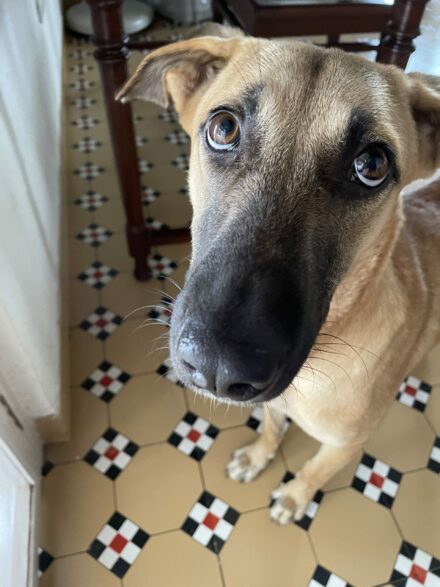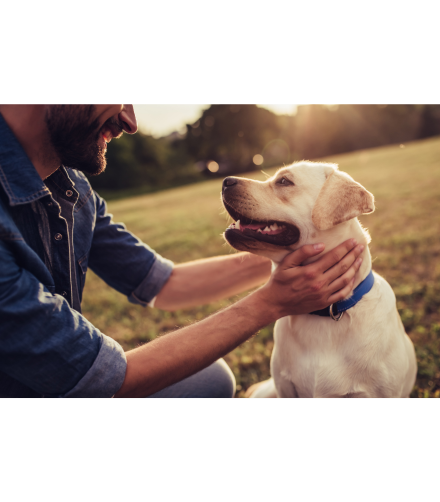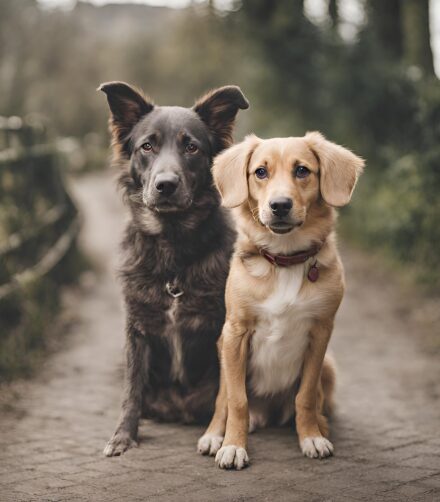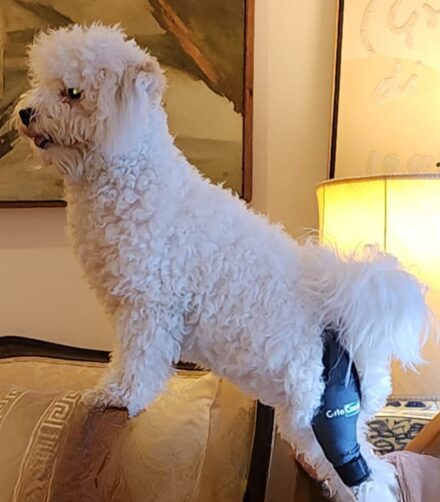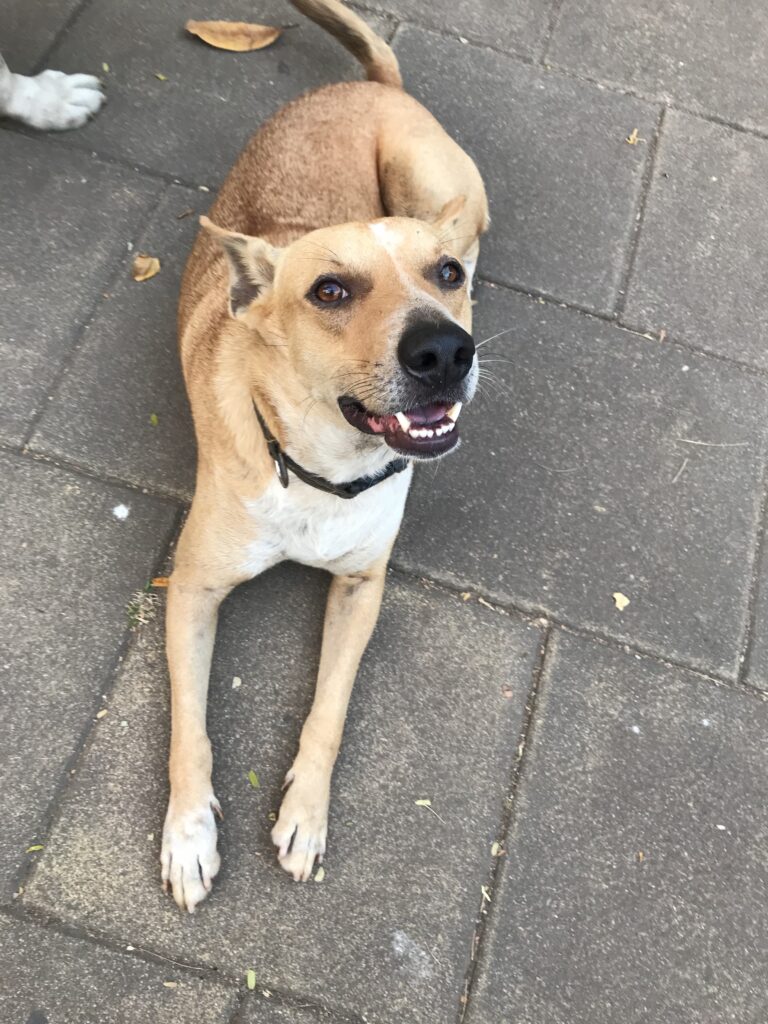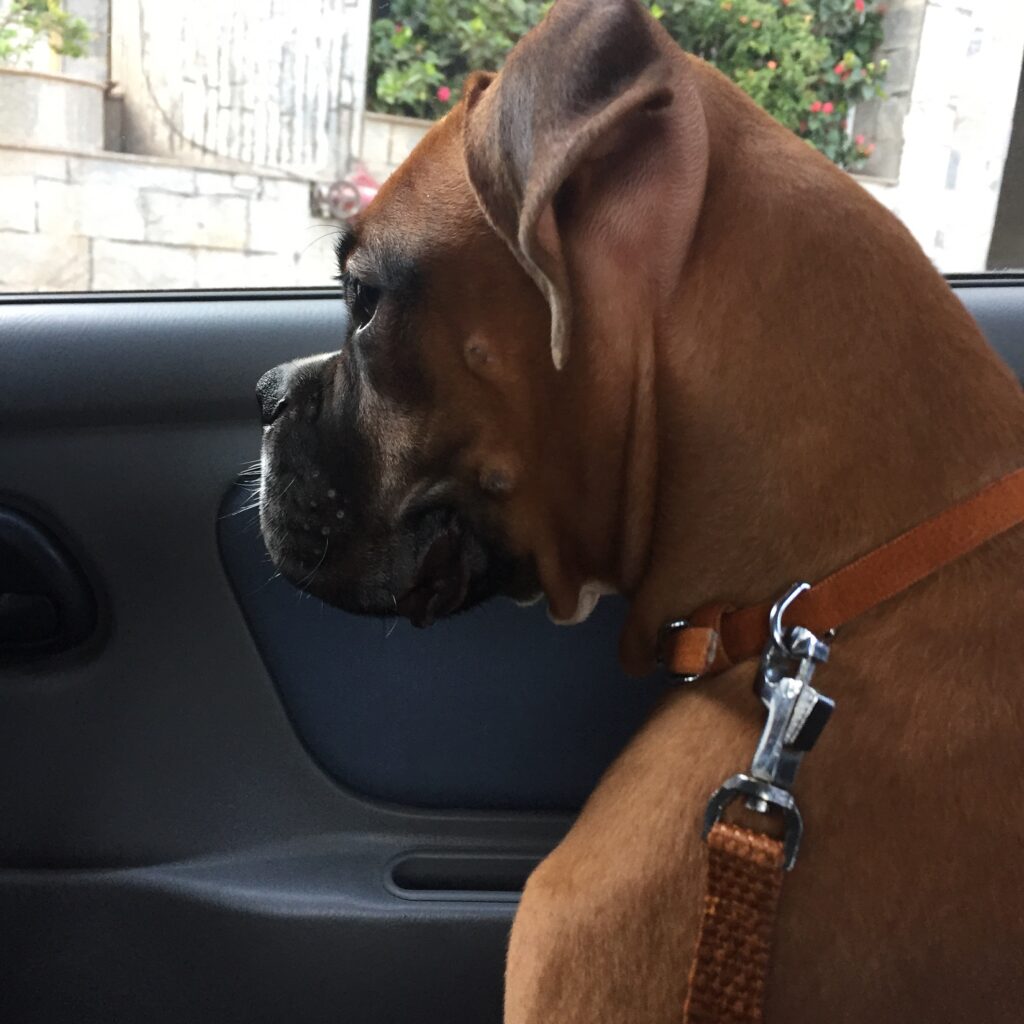You’re just about to leave the house, and suddenly, Fido, who usually has all the confidence of a wild boar, is whining, crying, and looking terrified. Yikes – cue the separation anxiety. Better yet, you’ve just headed to the local market where wholesome people are out and about with their children and pets. Everything’s going swimmingly well until someone’s Labrador comes bounding up to show Fido some lets-play attention. Suddenly, Fido, the most docile and loveable fur ball you have met, turns and snarls at the Lab, resulting in equally snarly and judgmental stares from his owner. Yup, living with pet anxiety is rough, and that’s just the start of it. Anxiety can crop up at the worst times, like vet visits when Fido digs in his heels and pees. Or trips to holiday getaways where Fido howls and barks for the entire 2-hour drive. If you’re the parent of an anxious pet, our deepest empathy is extended to you. It’s rough!
Pet anxiety is rough, but it doesn’t mean you’re stuck living with the “beast” for life. And just to clarify, the beast is the anxiety residing in your pet, not your actual pet! Believe it or not, while you may never 100% cure anxiety in your pet (we all have our triggers!), there are things you can do to reduce the negative things your pet is feeling and, in turn, reduce the unwanted behaviors.
According to Paws&Pup, here are some top tips for taming the anxiety beast:
1. Exercise His Body
Exercise may seem to be the answer for everything because it is! If your pet has separation anxiety, the best thing to do is tire him out before you leave the house. A tired pet is a little less anxious because he’s keen to get in a nap. The longer the walk before your time away from the house, the more relaxed you can expect your pet to feel when you’re gone.
2. Exercise His Brain
Physical exertion is not the only way to tire out your pet. Mental stimulation, a brain workout, is also a great way to prime a pet for you leaving home. It can also be used in other stressful situations to help your pet keep a focus on you. If your pet is focused on you when feeling stressed or in potentially stressful situations, less nervous and anxious behavior will surface.
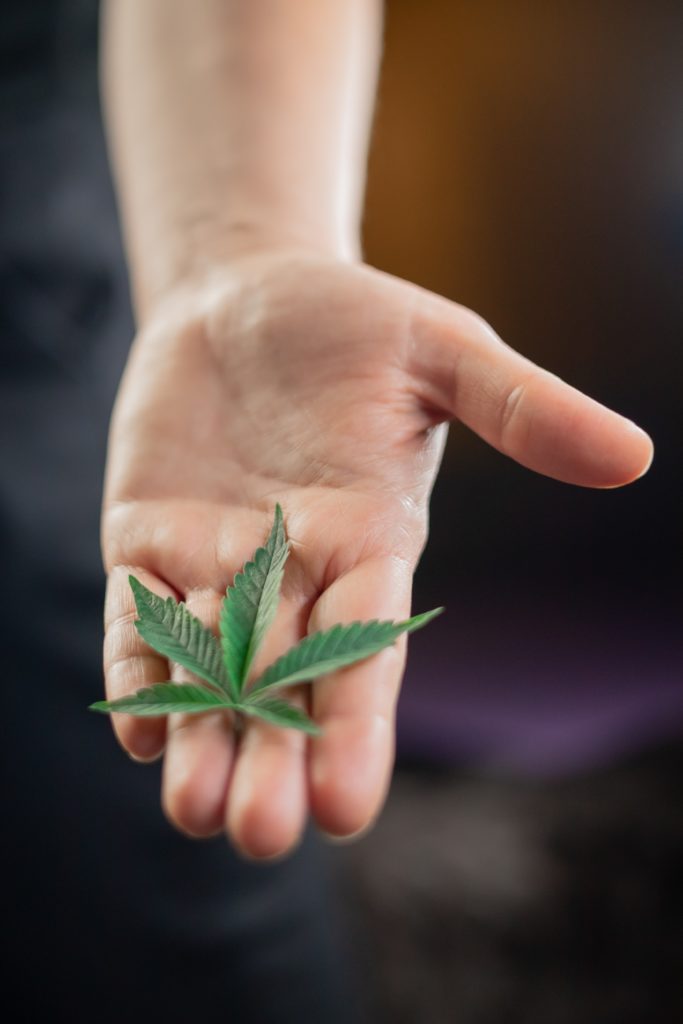
3. Natural Supplements
They say you are what you eat, so give your pet something calming to munch on! The market is full of natural products to try that are completely safe. For instance, CBD (the non-psychoactive kind!) is great for bringing about a sense of calm. Melatonin may also make your pet feel relaxed and ready for a nap, which can be useful if you’re going on a trip or heading out and have a separation anxiety pet. For instance, CBD (the non-psychoactive kind!) is great for bringing about a sense of calm.
To learn more about what you should look for in CBD oil for dogs, see this detailed guide: CBD Oil for Dogs. What Should You Know?
4. Bring In The Big Guns: Pheromones
Studies have shown that humans and animals alike are highly affected by pheromones. For instance, when a dog has puppies, she produces a pheromone that makes the pups feel safe and secure. These pheromones can be replicated – in fact; they have been! They are now available in collars, wipes, sprays, and plug-in diffusers for you to use on your pet or in your home. In addition, pheromone products are available on the market for cats and dogs.
5. A Good Old Fashioned Petting Session
Pets crave undivided attention from their humans. And while you might think that you’re coddling your pet when they are acting nervous and skittish, it’s not. Instead, you are showing your pet that you are there to love and protect them during the scary times. With your support, your pet will understand there is nothing to fear. For example, spend about 15 minutes grooming and petting your pet before you know a stressful situation is about to occur. You can also spend some time afterward giving your pet undivided attention. This may help settle their nerves and get them back to “normal” quicker.
6. Develop A Routine & Stick to It
Just like children, pets thrive when there’s a set routine in place. Things are just too uncertain, and there’s too much room for scary things to happen when life is haphazard – at least, that’s what pets think. A routine can involve a morning walk at the same time every day, meals at similar times every day, and a set of rules that always apply (don’t slack on rules). When your pets know your daily routine, they start to see it as a security blanket. When the routine is in place, everything is okay.
7. Always Maintain A Sense Of Calm
While the thought of another person’s dog running up to yours may fill you with fear and make you want to let out a shrill shriek of terror, resist. It is important for your pet to feel secure that you’ve “got it all together” and are in control of the situation. If you’re losing control, your pet may think it’s the correct way to handle the situation and lose control too. Pets also pick up on our behaviors, so a calm sense of control is always required, especially when dealing with a nervous pet.
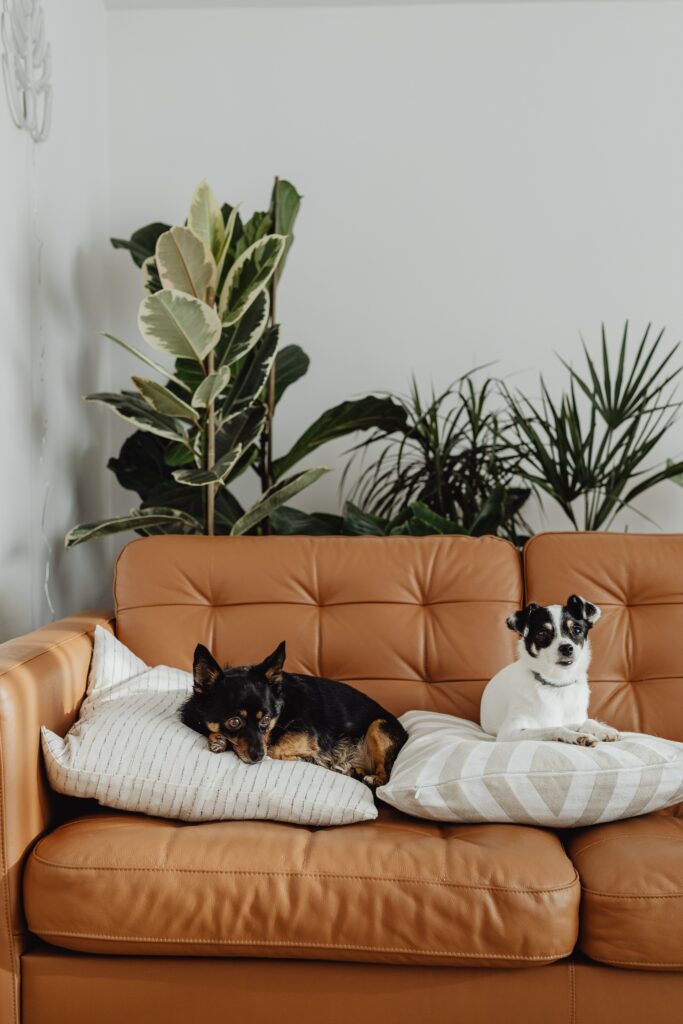
8. TV & Music
Studies have shown that pets respond well to music and TV. There’s DOG TV that’s well worth looking up on YouTube. You should also try playing soft reggae or classical music for your pet – find your pet’s favourite music and ensure it’s playing when stress levels are sure to increase.
Final Thought
There is a multitude of reasons why your pet may be anxious. It may be in their genes, or something might have happened to give your pet a negative understanding of certain things and environments. If you find that your pet’s anxiety isn’t easing when you try these simple methods, it may be time to call in a specialist or behaviorist to assist you with a bit of behavior modification. This is usually the case when anxiety is extreme. So try the above methods and let us know how they worked!

